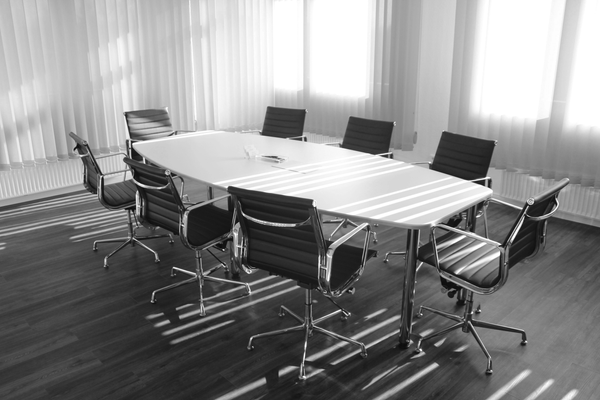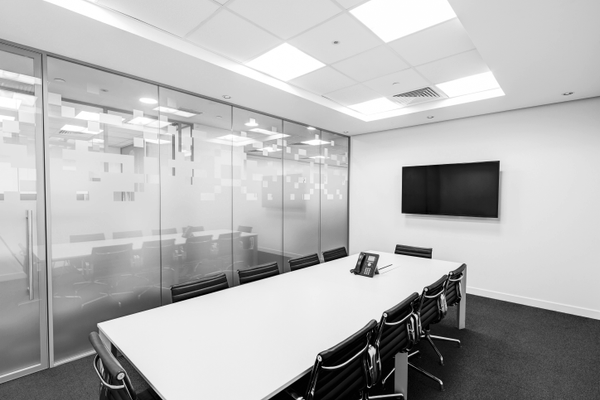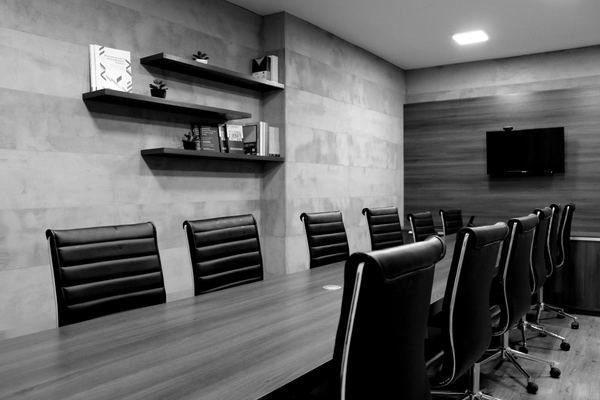
Introduction
Imagine walking into a meeting room that feels more like a spa than a corporate space or logging into a virtual meeting with crystal-clear audio and video. The environment in which meetings take place can significantly influence their dynamics and outcomes. This article explores the crucial aspects of physical and virtual meeting environments—layout, technology, and ambiance—and how they impact productivity and participant engagement.
The Role of Physical Meeting Environments

Optimizing Layout for Collaboration
The layout of a meeting room can either promote interaction or stifle it. For instance, a U-shaped arrangement facilitates open discussion and makes it easier for attendees to see and engage with each other. On the other hand, a classroom-style setup might be better suited for presentations where the focus is on the speaker.
Diving Deeper: Consider a brainstorming session where the goal is to foster creativity and free-flowing ideas. A circular or U-shaped layout can enhance visibility and interaction, making it easier for participants to build on each other's ideas.
Incorporating Effective Technology
In today’s meetings, technology plays a pivotal role. The right tools—such as high-quality projectors, sound systems, and connectivity solutions—can enhance understanding and participation. Conversely, technical glitches can halt a meeting’s momentum and frustrate attendees.
Diving Deeper: A board meeting equipped with high-definition video conferencing tools can ensure that even remote participants can engage as effectively as those in the room, making critical discussions more inclusive and productive.
Creating a Conducive Ambiance
Ambiance affects the psychological and emotional state of meeting participants. Elements like lighting, temperature, and decor can significantly impact focus and energy levels. Soft, natural lighting and comfortable temperatures can enhance concentration and comfort, whereas poor lighting and extreme temperatures can detract from the meeting’s effectiveness.
Diving Deeper: For a strategy meeting that requires intense focus and long hours, ensuring that the room is well-lit and has ergonomic seating can reduce fatigue and keep minds sharp.
The Influence of Virtual Meeting Environments

Leveraging Advanced Platforms
Virtual meeting platforms need to be user-friendly and robust, supporting features like screen sharing, virtual whiteboards, and breakout rooms. These features can replicate the interactivity of in-person sessions, making virtual meetings more dynamic and engaging.
Diving Deeper: During a remote team collaboration session, the use of breakout rooms can mimic small group discussions in a physical setting, allowing for deeper dives into specific topics before reconvening in the main room.
Ensuring Reliable Connectivity
Reliable internet connectivity is a cornerstone of successful virtual meetings. Interruptions due to connectivity issues can lead to missed contributions and decreased engagement.
Diving Deeper: A critical negotiation meeting held online can suffer if participants experience delays or disconnections. Investing in high-quality internet service and encouraging participants to connect from locations with reliable connectivity can mitigate these issues.
Setting the Virtual Stage
Just as in physical environments, the virtual backdrop and noise levels are important. Encouraging participants to use neutral backgrounds and good lighting can reduce distractions and maintain professionalism.
Diving Deeper: A client presentation via a virtual meeting can be more persuasive if presenters use professional backgrounds and ensure that their lighting highlights their facial expressions and body language effectively.

Conclusion
Whether physical or virtual, the environment in which meetings are held can profoundly affect their dynamics, engagement levels, and outcomes. By carefully considering and optimizing layout, technology, and ambiance, organizations can turn routine meetings into powerful productivity engines. For your next meeting, consider the environment as a critical component of your strategy to enhance collaboration, decision-making, and overall meeting effectiveness.
Next Steps: Experiment with different meeting environments and setups to find what works best for your team. Share your experiences and insights on how different environments have impacted your meetings, and continue the conversation on optimizing meeting productivity.
